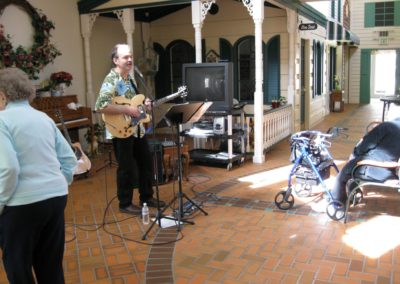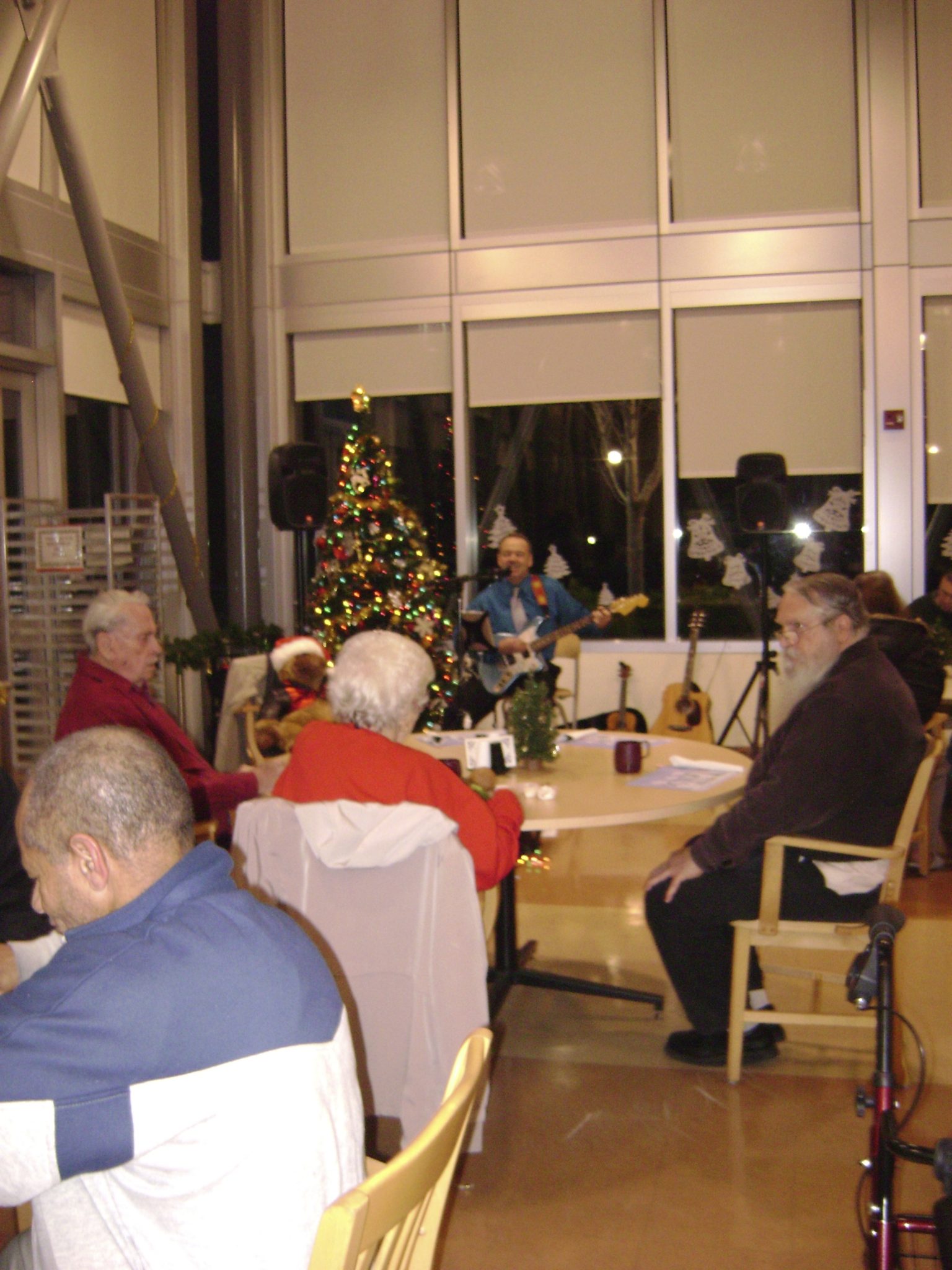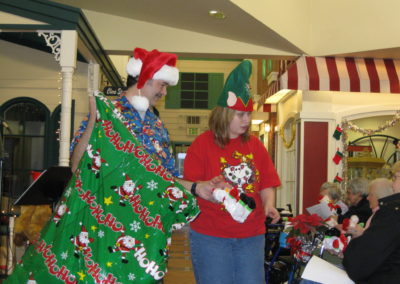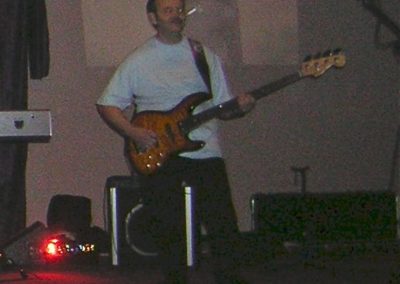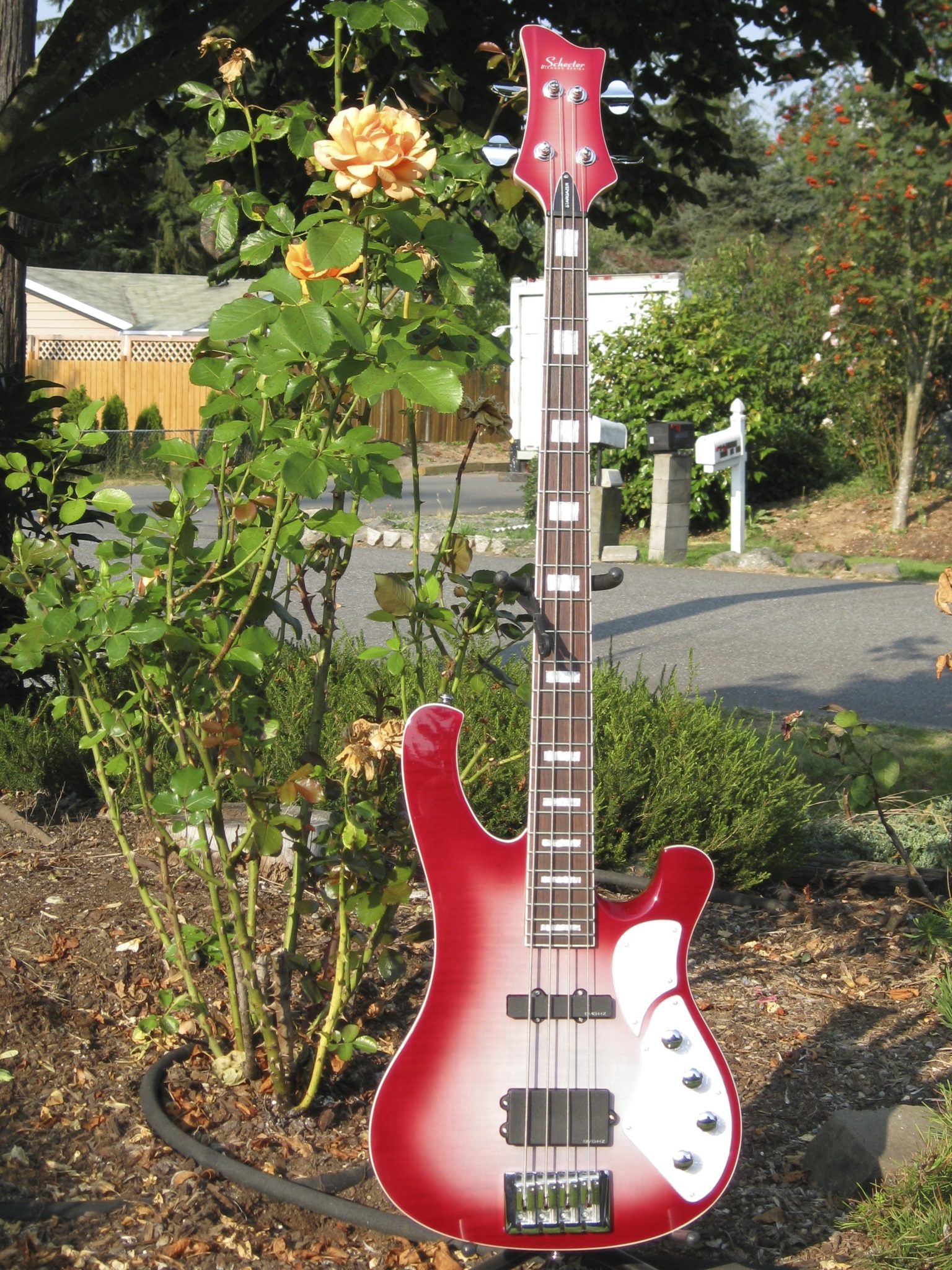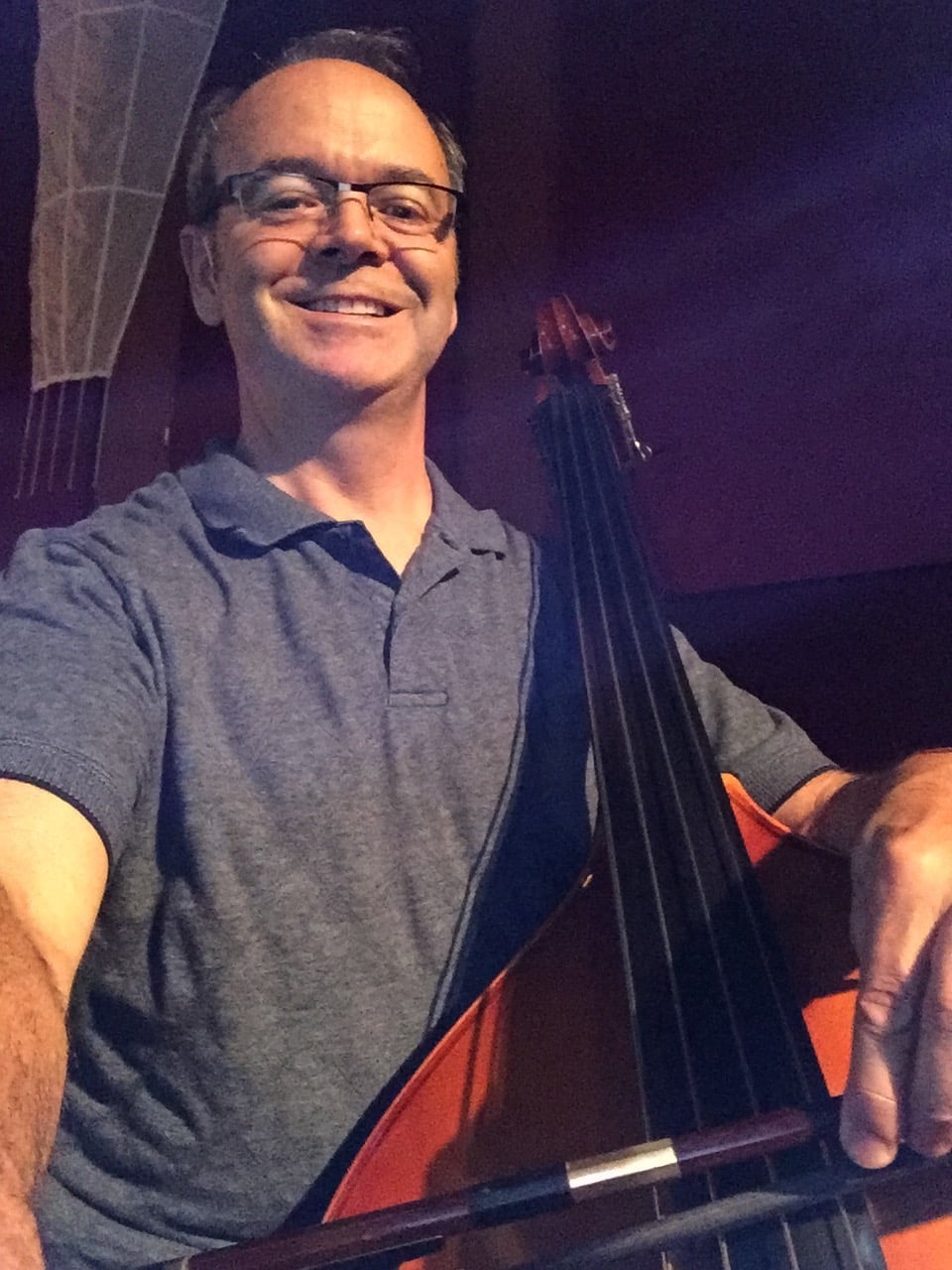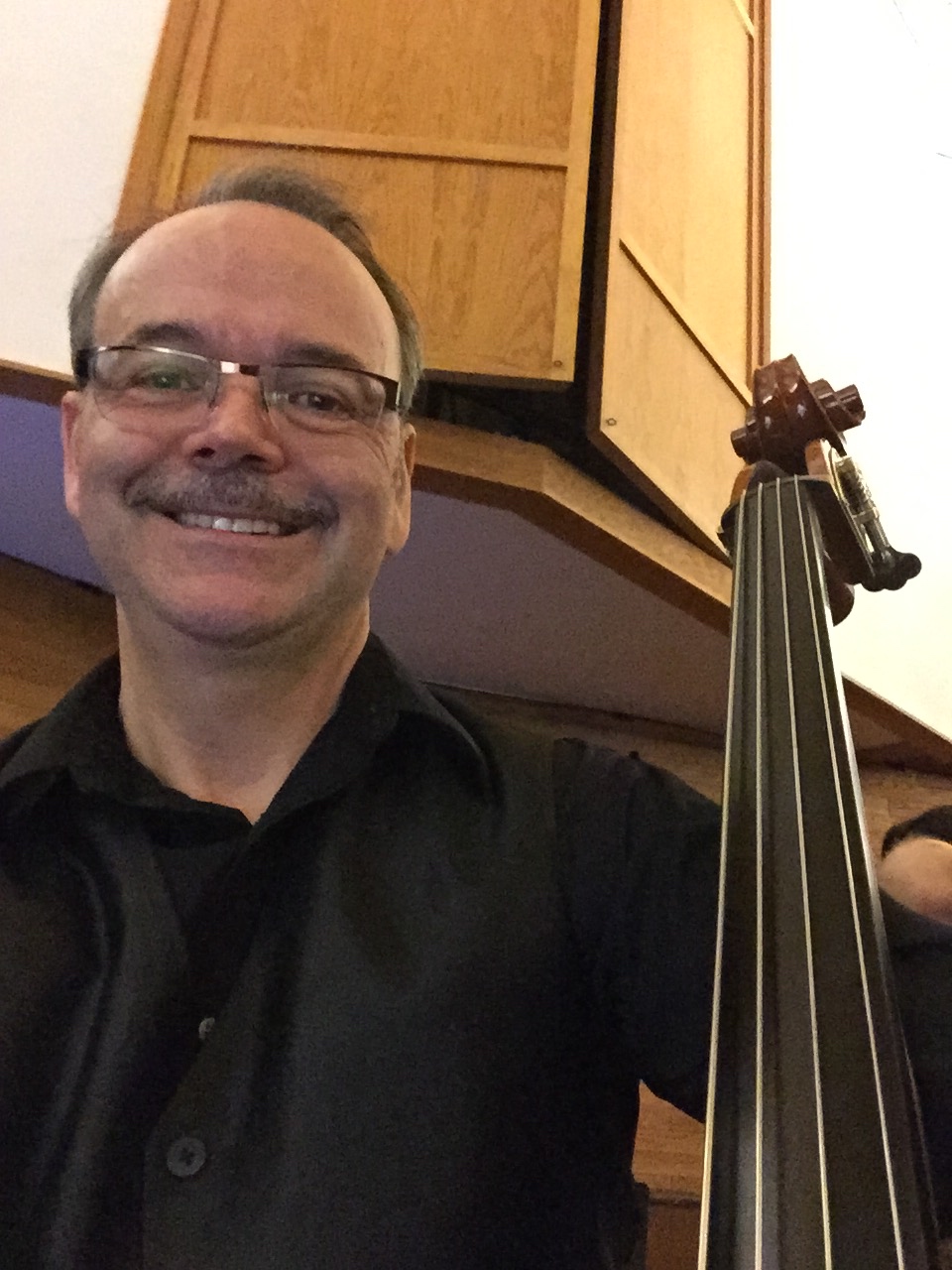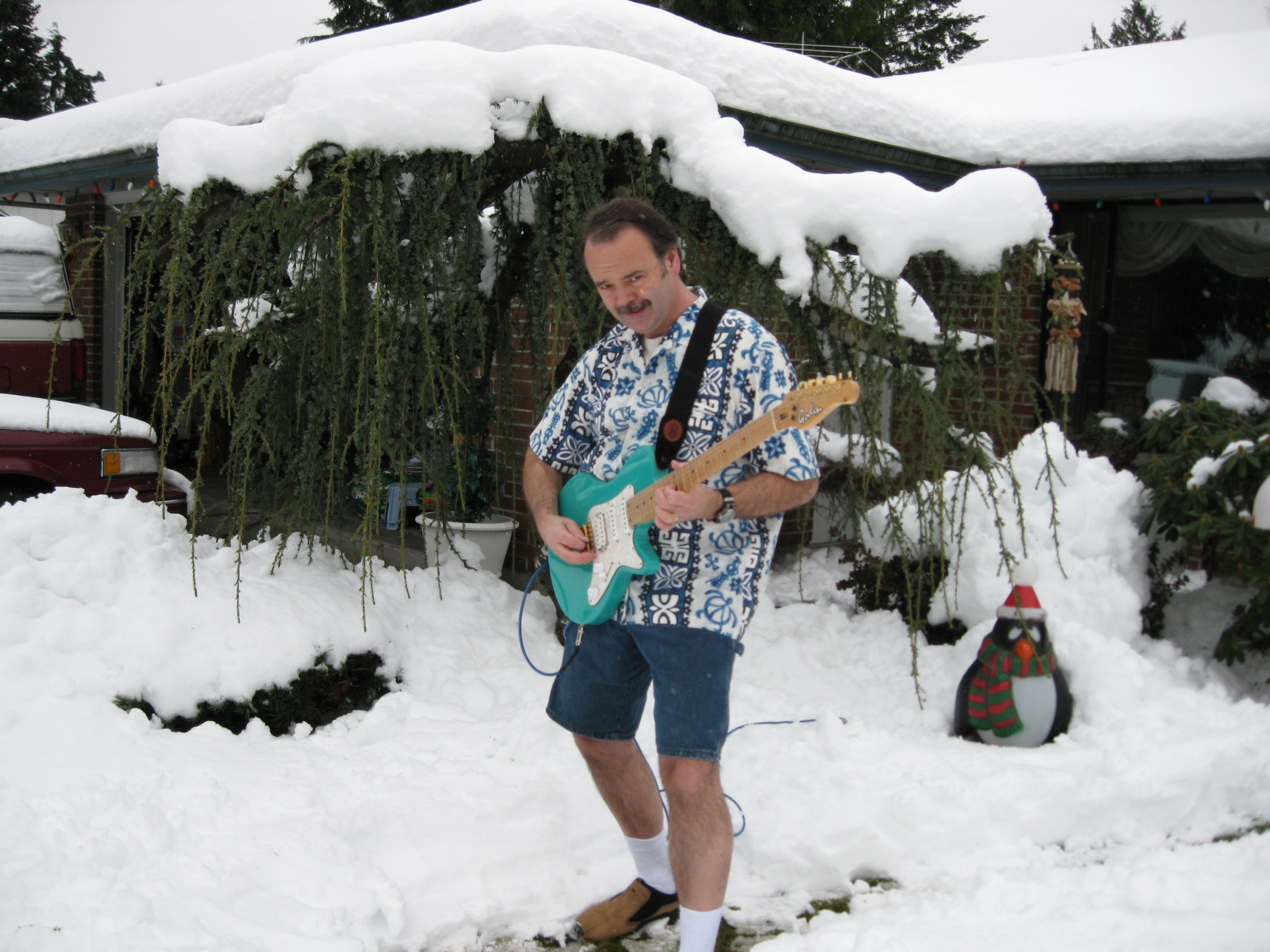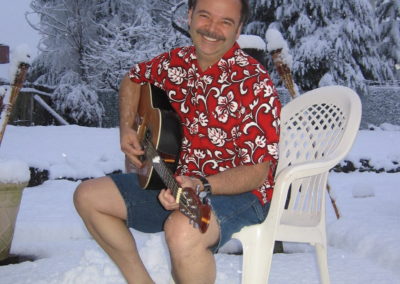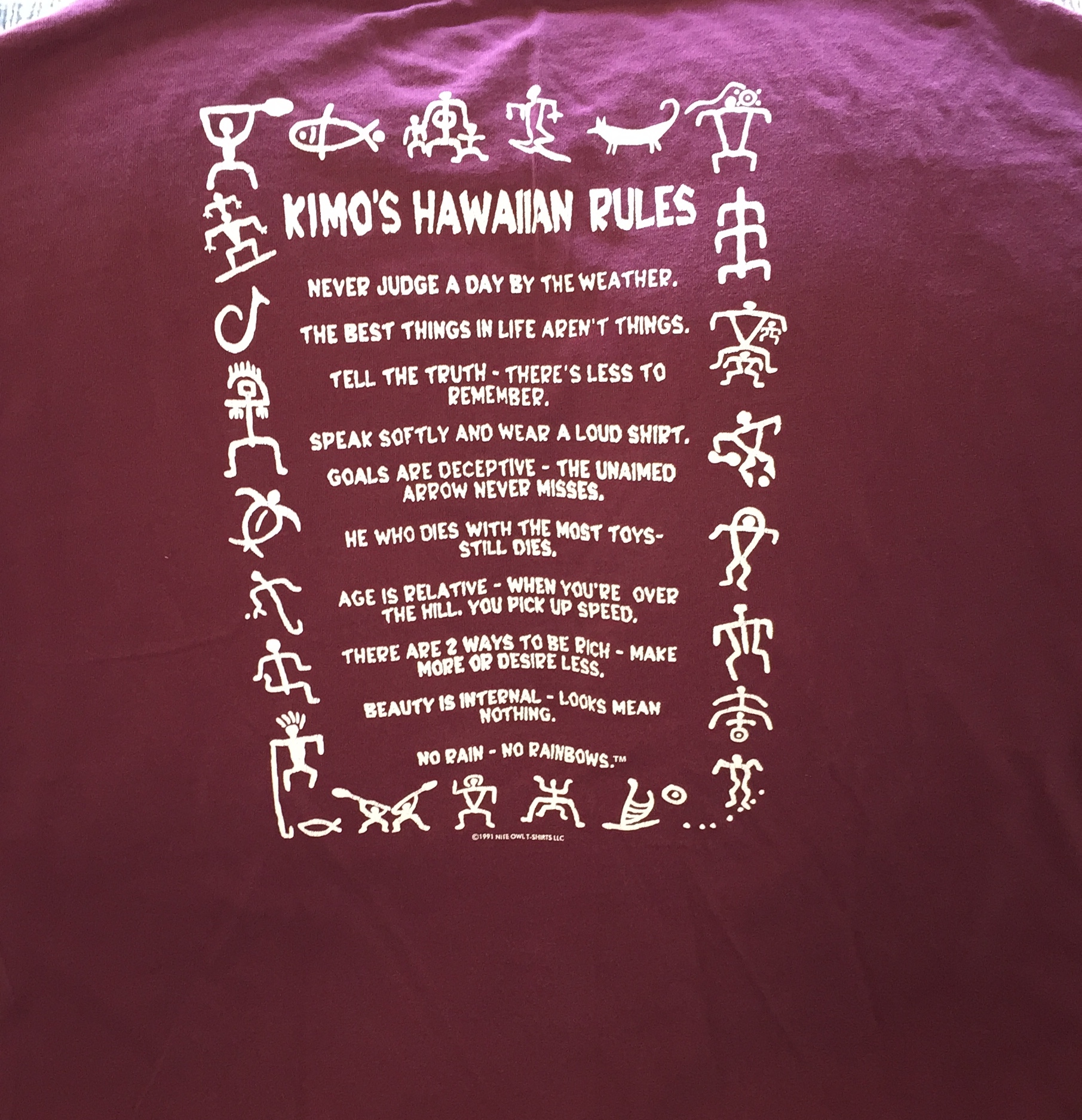Become an Insider
Get a free gift....
and get to know me
DB-6 How to Tune the Double Bass
Here is what I’ve learned so far about how to tune the double bass.
Watch The Video Lesson
About Tuning the Bass
This is lesson DB-6, “How to Tune a Double Bass” and is a continuation of my journal of things I have learned as a beginning adult double bass student. Be sure to check out my Double Bass Lessons page for a complete list of all of my lessons!
Tuning
- The strings on the bass are tuned in fourths: E1, A1, D1, G2 Note: The other orchestral string instruments, the violin, viola and cello are tuned in fifths. Also some bassists use an “extension” on the E string to drop the tuning down to a C1 and some bassist use a 5 string bass with the lowest string tuned to a B0. I will be experimenting with the Hipshot BT11 FreeRange Upright Double Bass Xtender/Detuner
, also available at Gollihur Music, which appears to be an ingenious device to allow you to quickly lower the tuning of a string, such as taking the E string down to a C without the need to permanently modify your bass with a C extension. I’ll probably do a review of the FreeRange Xtender down the road.
- I also use an electronic tuner during tuning since having unilateral deafness makes it very hard for me in a group setting to hear myself and the tuning note due to all of the other instruments playing.
How to Tune
- I have been taught to use harmonics when I tune. This is because the pitches of the open string notes are so low on the double bass that it is often difficult to hear the preciseness of the tuning accurately. With harmonics, the note sounds an octave higher making it easier to hear. I have found this to be a problem even with the electronic tuner….my Korg tuner seems to be more responsive and accurate when I tune the harmonics way.
- To tune using natural harmonics, begin with the A string. Play an A major scale up to the note D in the 3rd position. At this location touch the string lightly with your first finger and pull the bow across the string. The pitch will sound one octave above the open A. While the string is still ringing, reach up with your left hand and adjust the tuning machine so the note comes into tune, either matching it against the electronic tuner indicator or by using your ear to match it to a A440 reference pitch.
- Next continue to lightly touch the A string and play the harmonic in the D note position and at the same time reach over and lightly touch the D string with your 4th finger where you would normally finger an A and draw the bow across the D string and then the A string. Reach up with your left hand while both strings are still ringing and adjust the D string’s tuning machine until the pitches match.
- Continue this process with the G string and then finally the E string.
- Once all strings have been tuned, repeat the process once more to verify the tuning of all strings. Sometimes a string will drift out of tune even though you tuned it accurately as you tune the other strings due to the change in tension applied to the neck, bridge and tailpiece.
Newsletter
Hi everyone
It’s been a warm and busy spring and summer for me and I hope yours has been good too. ??
Between playing double bass in the Evergreen Community Orchestra (ECO) and saying yes to a request to play in the orchestra for the musical Camelot, I played eight concerts in 5 weeks time. ??? The next concert for ECO will be at the Imagine Children’s Museum in downtown Everett on Saturday August 1st at 1:00 pm, located at 1502 Wall St, Everett, WA.
The golf links have been calling my name too so I have spent some time chasing a tiny white ball all over hell’s half-acre! I do sense I am getting better since last year. Which is encouraging! ⛳️
On the recording front I am excited to announce that I just finished mastering the CD “Give Us Peace”. This is an instrumental CD of relaxing music including my recordings of the beautiful Dona Nobis Pacem, which in English means Give Us Peace. The master has been sent out for disc manufacturing. The official release should be in the first week of August. Stay tuned! Here is what the CD cover will look like. And I have provided a link to a page on CD Baby where you can view the entire CD in breathtaking 3D.
And finally, beginning in May I launched a video series called “Double Bass Lessons”, which are different from other bass lessons out there in that I am presenting them as my step-by-step journal and commentary from a student’s perspective as I learn how to play the double bass. In each lesson I will cover what I have just learned, any struggles I have had and how I have grown. I welcome your comments and questions on each one. Incidentally, I was hoping to have at least another lesson video posted during July, but Seattle has had abnormally high temperatures (many days over 90 degrees Fahrenheit or, I believe over 30 degrees Celsius) and without air conditioning (many homes in the Seattle are have no AC) I just was in no mode to do the work. Anyway, feel free to send me any questions/comments you might have.
Ringtones for iPhones
I added a couple of new ringtones to my music store page. Now you can rock your phone with ringtones from Nacho Mama or the Sunflower Waltz and make all your friends ask where you got such cool ringtones.
My ringtones are available in the iTunes ringtone format with an .m4r filename extension. After you purchase a ringtone and download it, next you will have to send it to iTunes. Just open iTunes and drag and drop your ringtone into iTunes and the ringtone will appear under iTunes’ Tones heading in the Library pane.
Sync your iPhone to your Mac or PC and the ringtone will be copied to your phone.
To use the file as a ringtone, on the iPhone tap Settings > Sounds > Ringtone. You’ll find it in the list of ringtones. Tap it, and it will be the sound your phone plays when a call comes in. Of course you needn’t use it only for ringtones: On the iPhone you can choose it as an alert sound as well.
And, be sure to tell people where you got the ringtone. 🙂
David Carroll: Glen Campbell And The Power Of Music – Chattanoogan.com
Awesome article about Glen Campbell and his struggle with Alzheimer’s.
I’ve just watched an amazing film, and I hope you will too, if you haven’t already. It’s called “I’ll Be Me” and it documents Glen Campbell’s descent into the twilight: Alzheimer’s Disease.
Source: David Carroll: Glen Campbell And The Power Of Music – Chattanoogan.com
A Quick Intro to Christopher J.
I am Chris Hartzog and this is my website, Christopher J. Music. I live in the beautiful Pacific Northwest in the Seattle, Washington area.
I’ve loved music as long as I can remember. During many years of being a special needs parent to a very high needs child with autism, I started playing guitar again and started writing music. And through that experience I learned that music not only transcends languages, it also transcends disabilities.
Today my music covers a variety of styles and instruments from folk to blues/jazz, and classical to pop-rock. I am a multi-instrumentalist, playing guitar, bass (electric and upright), ukulele, keyboards, and a singer and songwriter. I also enjoy playing classical music on the double bass with my local community symphony orchestra. And, I write, arrange, record and produce songs and put them on this website for people to download and hopefully share and enjoy.
Some Music
Go to the music store page for a complete catalog.
No Results Found
The page you requested could not be found. Try refining your search, or use the navigation above to locate the post.
Some Videos



